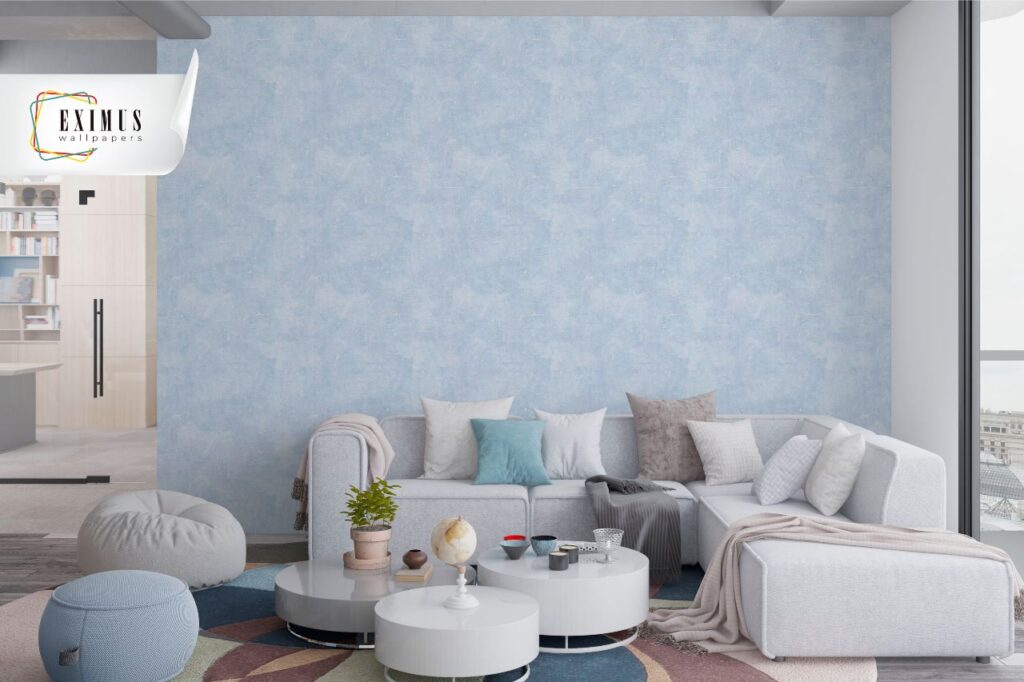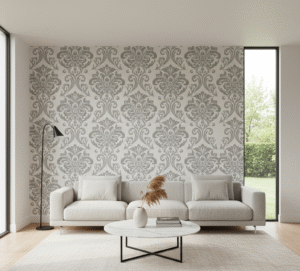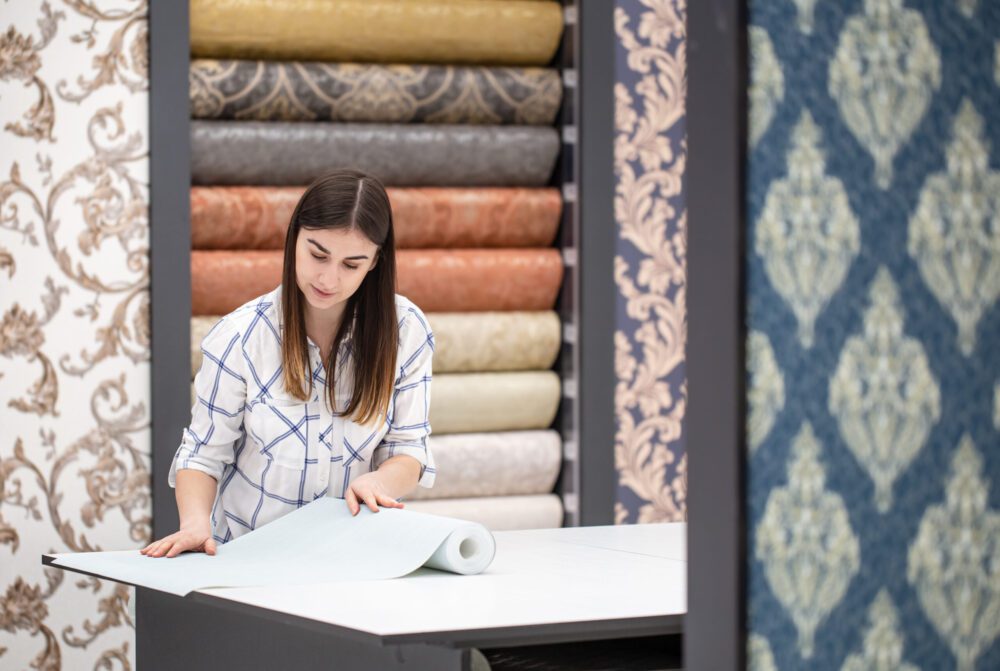Minimalism is a design movement that emphasizes simplicity and functionality. It emerged in the 1950s as a response to the excesses of the previous era and has since become a popular approach to interior design. Minimalist interiors are characterized by clean lines, neutral colors, and a lack of clutter. The goal of minimalism is to create a space that feels calm, peaceful, and uncluttered. In this blog, we will explore the concept of minimalism in interior design and how wallpaper can be used to create a minimalist space.
The Philosophy of Minimalism in Interior Design
Minimalism is a design philosophy that has been around for decades, with roots in Japanese Zen Buddhism and the German Bauhaus movement. It is a design style that emphasizes simplicity, functionality, and the use of minimal elements to create a sense of calm and uncluttered space. Minimalism in interior design aims to eliminate excess, focus on the essentials, and create a sense of harmony and balance in the space.
The concept of minimalism in interior design can be applied to all areas of the home, from the living room to the kitchen and bedroom. The minimalist approach emphasizes the use of a few well-chosen and functional pieces of furniture, with a focus on clean lines, neutral colors, and the use of natural materials. The result is a space that feels calm and peaceful, with a focus on functionality and purpose.
One of the key principles of minimalism in interior design is to eliminate clutter. This means getting rid of anything that is not essential or functional in the space. Minimalist design emphasizes the use of clean lines and simple shapes, with a focus on creating a sense of balance and harmony. This can be achieved through the use of a limited color palette, such as neutral tones like white, gray, or beige.
Another important principle of minimalism in interior design is to focus on functionality. This means choosing furniture and decor that serve a specific purpose rather than simply being decorative. For example, a minimalist living room may include a simple sofa, a coffee table, and a few functional storage pieces, rather than a cluttered space filled with decorative items.
In addition to focusing on functionality, minimalist interior design also emphasizes the use of natural materials. This can include materials such as wood, stone, or metal, which are often left in their natural state without embellishment or decoration. This approach creates a sense of warmth and texture in the space,while also emphasizing the natural beauty of the materials.
The use of light is also an important aspect of minimalist interior design. Natural light is preferred, as it helps to create a sense of openness and airiness in the space. Artificial light is used sparingly, with a focus on creating a warm and inviting atmosphere.
Minimalist interior design can be particularly useful for small spaces, as it helps to create a sense of openness and maximizes the available space. By using a few well-chosen and functional pieces of furniture, it is possible to create a space that feels calm, peaceful, and uncluttered.
The Use of Wallpaper in Minimalist Interior Design
Wallpaper has been used in interior design for centuries. It is a versatile material that can be used to create a wide range of effects. In minimalist interior design, wallpaper is often used to create a sense of depth and texture. The right wallpaper can add visual interest to a space without overwhelming it.
When choosing wallpaper for a minimalist interior, it is important to choose a pattern that is simple and understated. Geometric patterns, for example, can add interest without overwhelming the space. Neutral colours such as white, beige, or gray are often used in minimalist interiors, but wallpaper can be used to add a pop of colour to the space.
One popular trend in minimalist interior design is the use of wallpaper to create an accent wall. An “accent wall” is a wall that is different from the other walls in the room. It is often painted a different colour or covered in a different material, such as wallpaper. An accent wall can add visual interest to a space without overwhelming it.


Tips for Using Wallpaper in Minimalist Interior Design
When using wallpaper in a minimalist interior, it is important to follow a few guidelines to ensure that the space feels calm and uncluttered. Here are some tips to keep in mind:
1. Choose a simple pattern: Choose a wallpaper pattern that is simple and understated. Geometric patterns, stripes, and solids are all good options.
2. Stick to neutral colors: Stick to neutral colors such as white, beige, or gray. These colors will help the space feel calm and uncluttered.
3. Use wallpaper to create an accent wall: Use wallpaper to create an accent wall in the room. This will add visual interest without overwhelming the space.
4. Consider the scale of the pattern: Consider the scale of the wallpaper pattern in relation to the size of the room
5. Use wallpaper to create a focal point: If the minimalist interior design feels too plain, wallpaper can be used to create a focal point. A large mural or bold patterned wallpaper can draw the eye and add interest to the space.
6. Consider the texture of the wallpaper: In minimalist interior design, texture is important to create a sense of depth and interest. Choose a wallpaper with a textured surface, such as grasscloth or linen, to add a tactile element to the space.
7. Use wallpaper to create a cohesive look: To create a cohesive look in a minimalist interior design, choose a wallpaper that complements the other elements in the room, such as furniture and lighting. For example, if the room has a lot of wooden furniture, consider a wallpaper with a wood grain pattern.
8. Keep it simple: Remember that minimalism is about simplicity and functionality. Don’t go overboard with the wallpaper. A few well-placed pieces can have a big impact on the overall design.
Conclusion
Minimalism in interior design is a timeless and functional approach that emphasizes simplicity and functionality. Wallpaper can be a great tool to create a minimalist interior that feels calm, peaceful, and uncluttered. When choosing wallpaper for a minimalist interior design, it’s important to consider the pattern, colour, texture, and scale of the wallpaper to ensure that it complements the overall design. You can simply use Eximus wallpaper to boost the quality, efficiency, and design of your house with a fraction of the effort!
Your search for the perfect wallpaper ends with Eximus, the first wallpaper manufacturer in India. With its superior quality, innovative designs, and exceptional customer service, Eximus is your one-stop shop for all your wallpaper needs.




